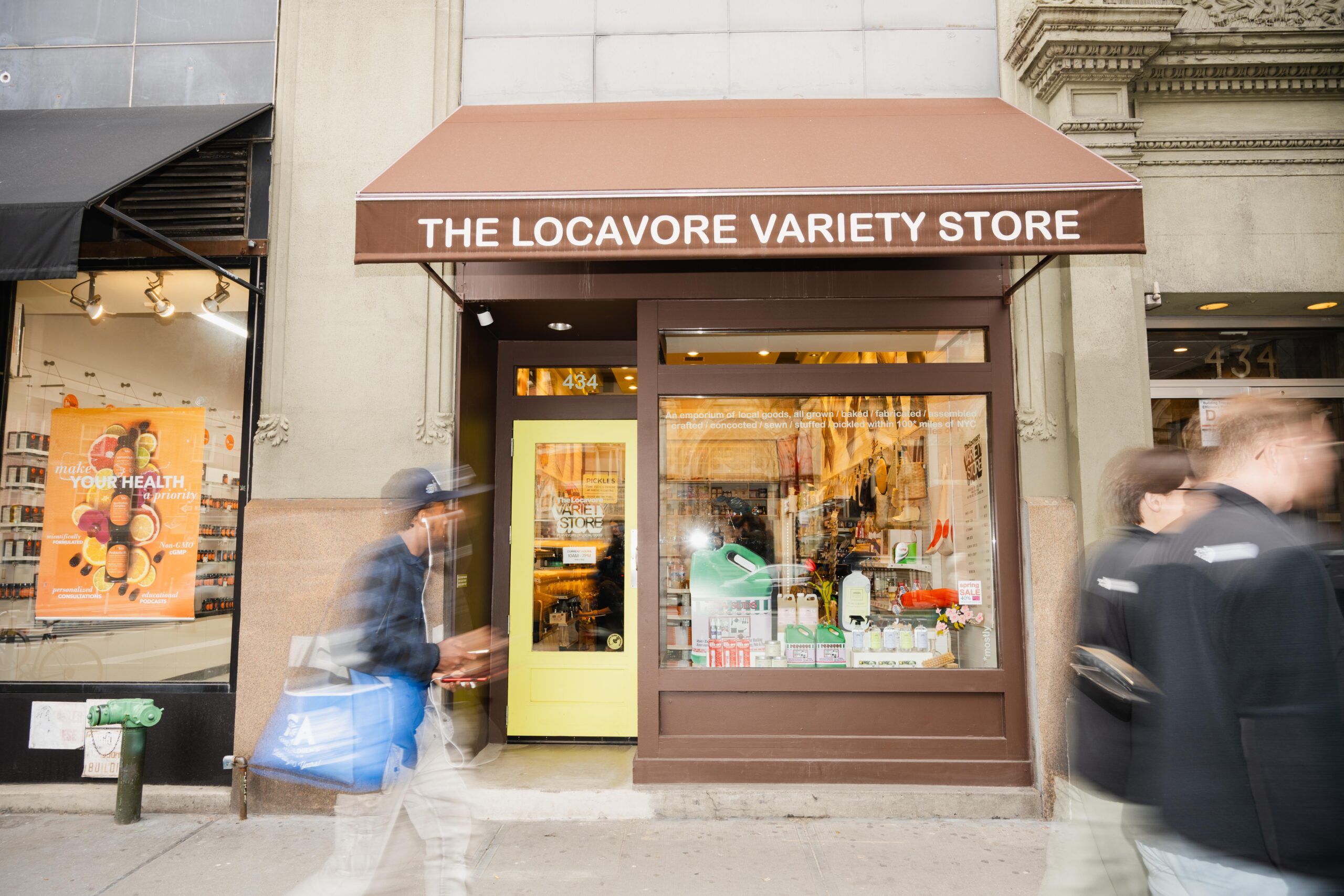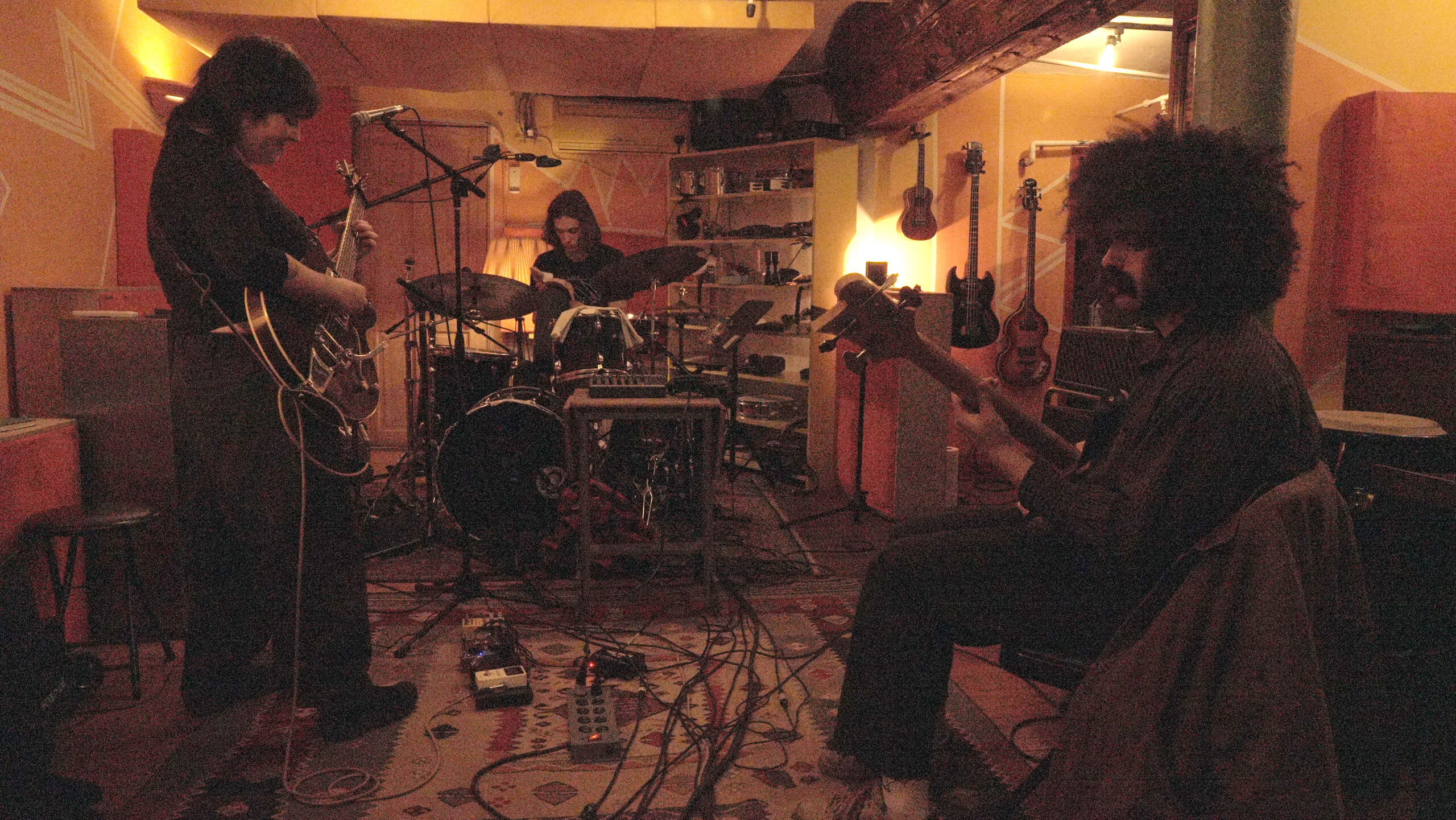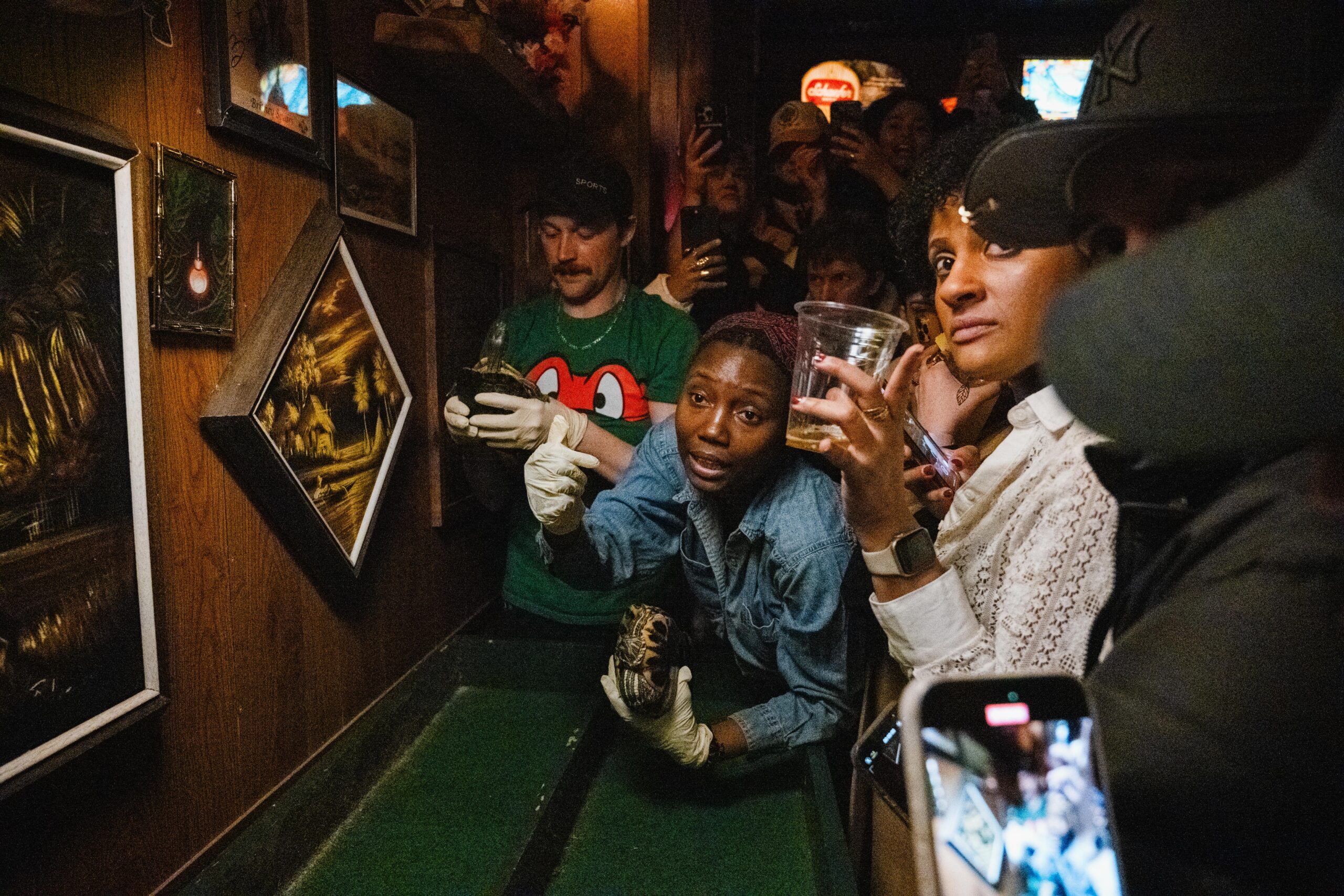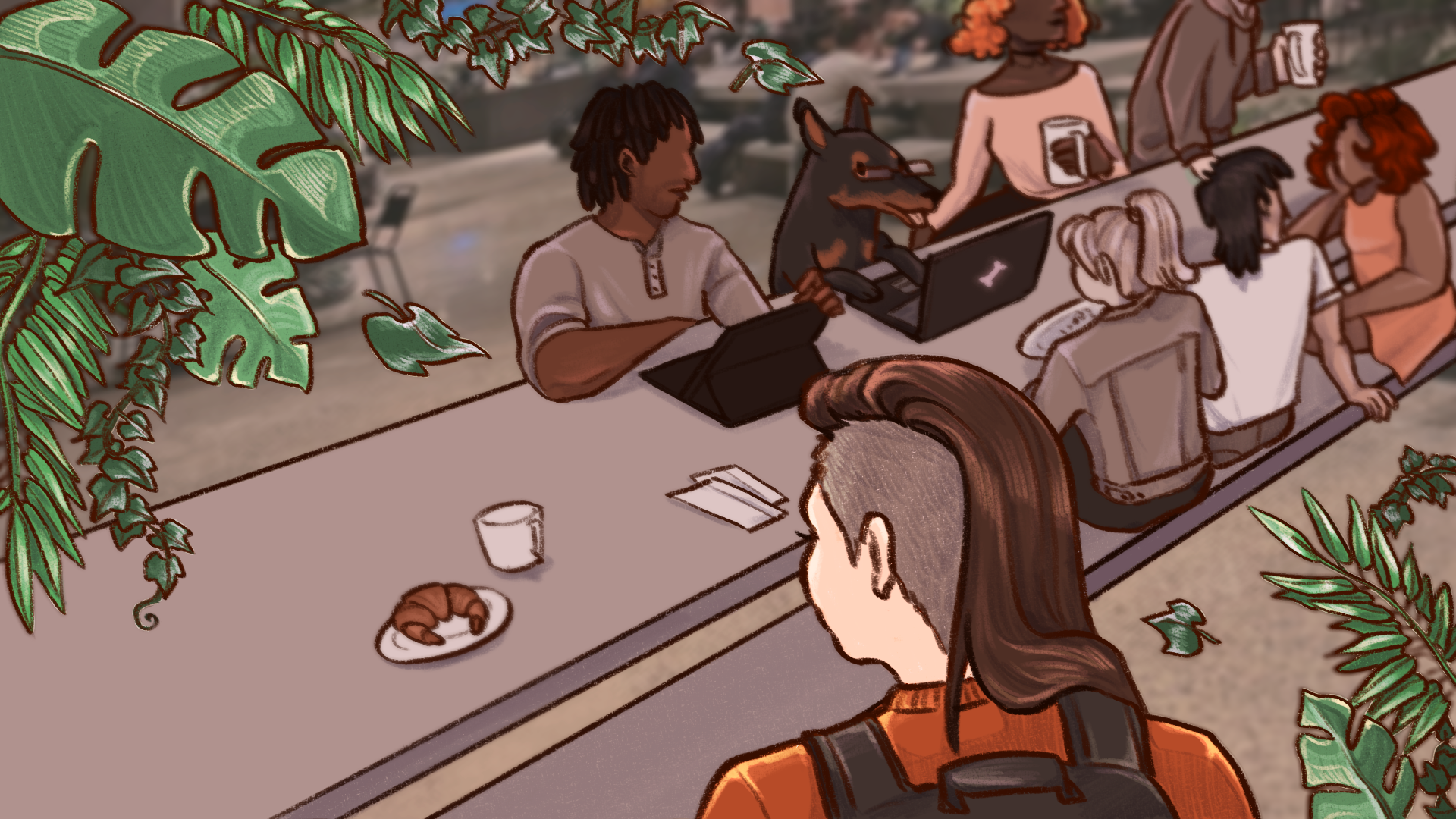Sandwiched between two nondescript buildings on the Bowery sits Salon 94, a small white structure with no signs or placards out front. The only clue that this is a gallery at all is the wall of TV monitors outside displaying a Geisha in traditional dress; her eyes, ringed in red eyeliner, gaze out vacantly. Upon closer inspection, however, the Geisha’s features begin to congeal, revealing instead a doll in makeup. This alluring display is the Manhattan gallery’s advertisement for “The Love Doll: Days 1-30” by Laurie Simmons, the latest extension of a larger wave of global interest surrounding love dolls.
“The Love Doll” is the second installation in a photo series that chronicles an ongoing relationship between Simmons and two anatomically correct female sex dolls that she purchased in Japan. Love dolls have been featured as supporting cast-members in films like Craig Gillespie’s “Lars and the Real Girl” (2007) and Hirokazu Koreeda’s “Air Doll” (2009), and have served as the subject matter for an ongoing documentary series about Japanese “doll brothels” produced by Vice magazine in March and August of 2007.
The uncanny appearance of Simmons’ doll — whose lifelike qualities include to-scale proportions, a solid latex skeletal system, genitalia, eyelashes and pubic hair — comes across as both beautiful and disturbing. The photographs in the exhibit are arranged like a visual diary, cataloguing the number of days Simmons spent with the doll. In contrast to other portrayals of love dolls that focus on their novelty as sex props, Simmons’ work engages the doll in a more humanizing way.
According to Michael Schober, dean and professor of psychology at The New School for Social Research, our fascination with these realistic dolls is due to the fact that, much like robots and avatars, they are “embodied representations of humanness that, if we’re paying attention, force us to confront some basic questions about who we are.”
A large part of what makes Simmons’ exhibit so poignant is the familiar way in which she presents such a bizarre subject. Most of the photographs in the series depict the doll in a range of idyllic poses, both indoors and around Simmons’ property. We see her reclining beneath sunny Palladian windows in a wedding dress and veil, gazing dreamily out from her bed, and enjoying a bubble bath. In one memorable picture, the doll crouches on top of a mossy stone wall, bracing herself for a jump — behind is a picturesque suburban street. The doll’s artificiality, masked under real clothing and juxtaposed against real settings, evokes an undeniable eeriness.
Outside of photography, Simmons has also written and directed her own film, “The Music of Regret,” in 2006, and co-starred in “Tiny Furniture,” an independent film directed by her daughter, Lena Dunham. Although Simmons has previously worked with dollhouses, ventriloquist dummies and miniature puppets, this is the first opportunity she has had to photograph a life-size doll.
Unlike previous projects, Simmons chose to shoot the dolls at her private home in Connecticut, lending the series a very personal feel. Simmons explains on her website that the project is intended to serve as “not only a reminder of [her] past examination of the dollhouse… but also engages with adult fantasies infused with an even more potent sense of desire and regret.”
The hyper-realistic dolls employed by Simmons and other artists brings to mind the work of Japanese roboticist Masahiro Mori. Mori argues that when robots (or in this case, dolls) come too close in their imitation of humans, they become disturbing to us — this threshold is referred to as “the uncanny valley.” As Jeanne Greenberg Rohatyn, owner of Salon 94, commented in a February 12 article in the Wall Street Journal, there is a lingering uncertainty over whether the doll is human or not. “There’s a confusion. Is it a real girl or is it a doll?…The moment of suspended disbelief plays into all these kinds of tricks.”
As Schober asserts, we are interacting more frequently “with automated systems with varying degrees of humanness…This means that, more and more, we are experiencing human interactivity as consisting of decomposable bundles of features: voices, faces, eyes, words… judgment and evaluation.”








Leave a Reply